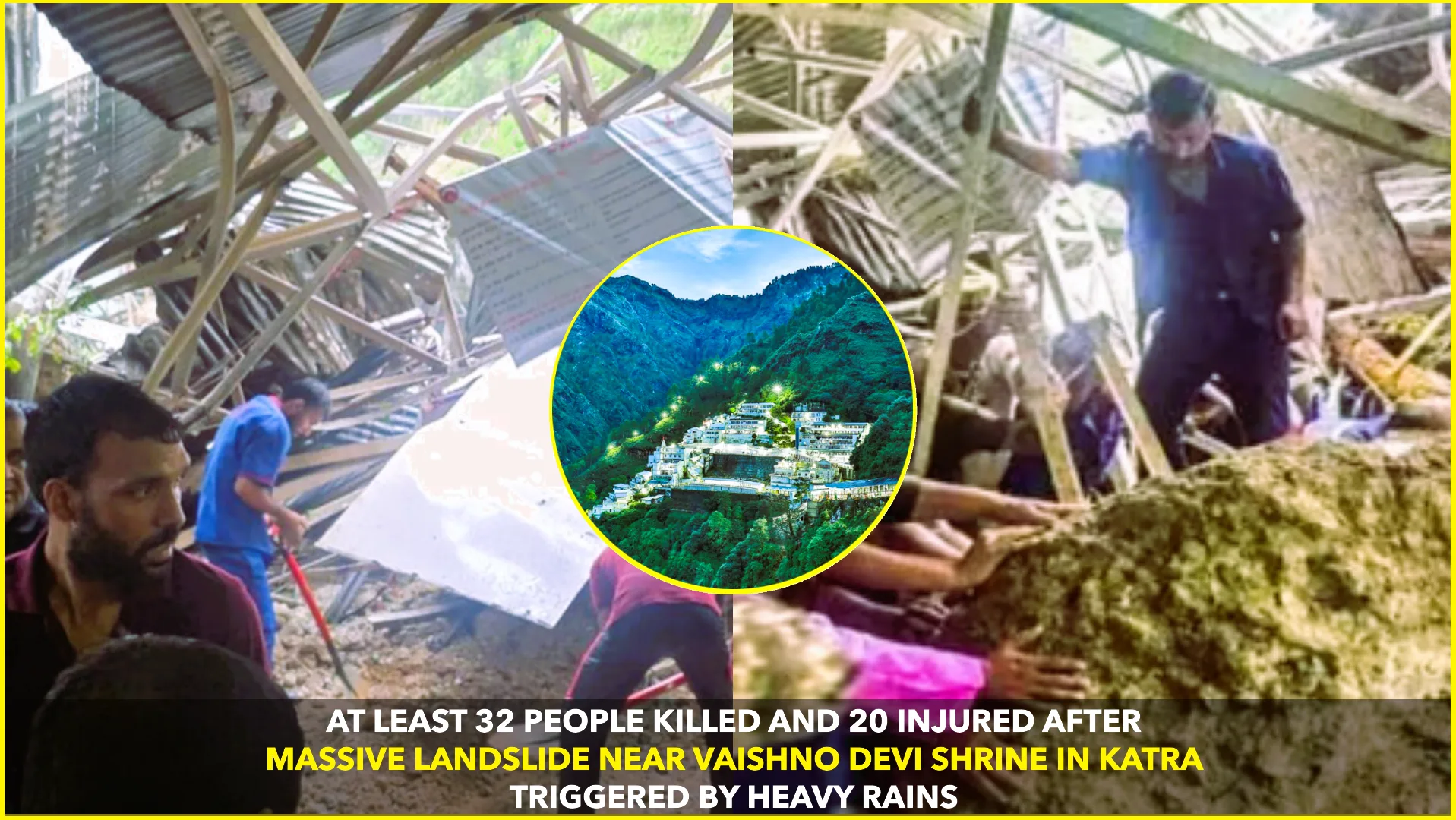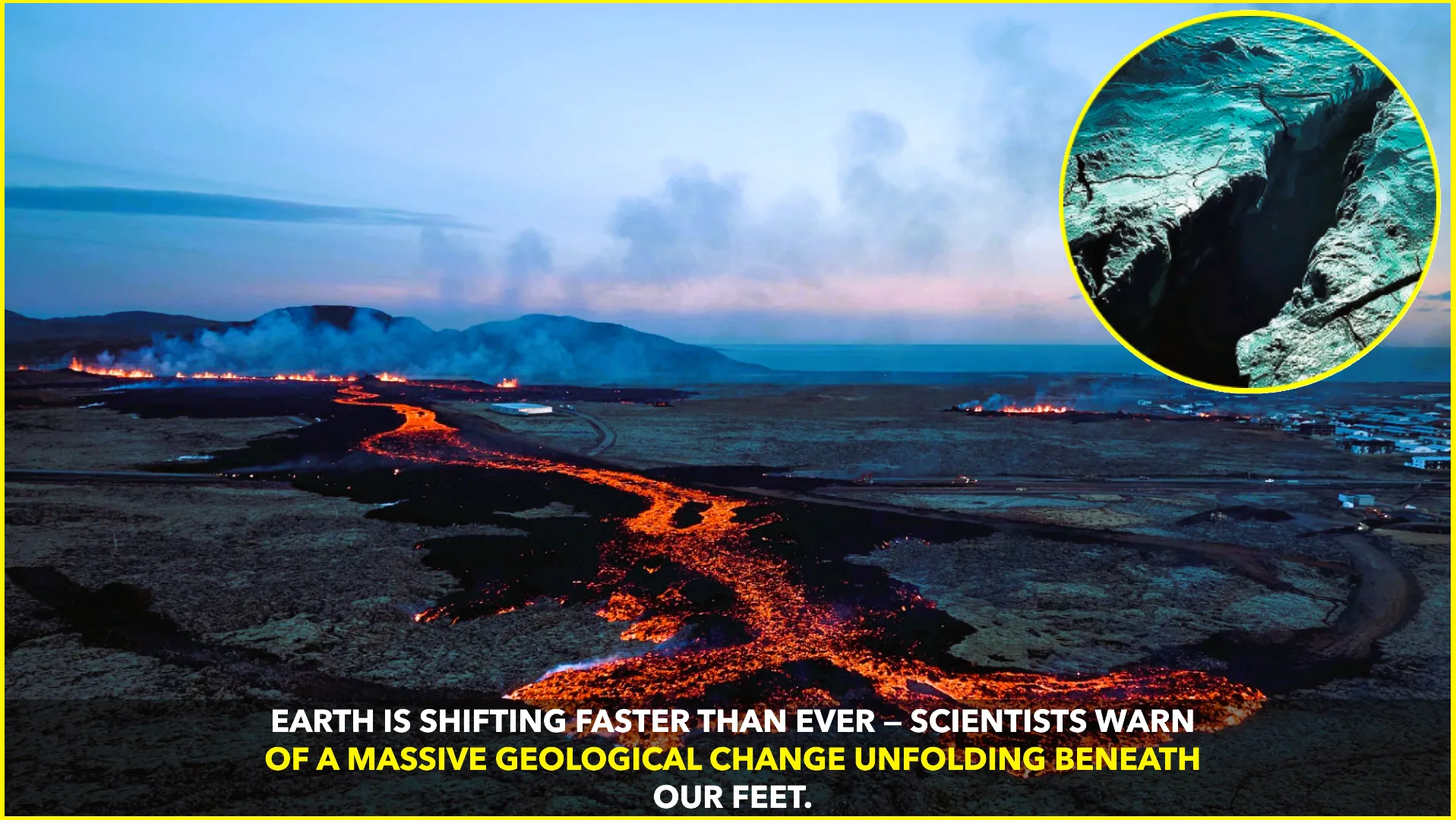On Tuesday, a catastrophic landslide struck midway along the trekking route to the revered Vaishno Devi shrine, located in Jammu & Kashmir’s Reasi district, tragically claiming the lives of at least 32 pilgrims and injuring 20 others The Economic TimesReuters.
The Incident
Around 3 pm, after unrelenting heavy rainfall, a section of the mountainside collapsed near Adhkuwari, approximately halfway through the 12-kilometer trek from Katra to the hilltop shrine. Boulders, rocks, and debris rained down suddenly, sweeping away many devotees nearby. The landslide was so sudden and fierce that eyewitnesses likened it to a bomb blast or thunderous roar Hindustan Timeswww.ndtv.com.
Responses from Authorities
Prime Minister Narendra Modi expressed deep sorrow over the loss of lives, stating—“My thoughts are with the bereaved families. May the injured recover at the earliest”—and assured that the administration was extending full assistance.
In response to the disaster, the Shri Mata Vaishno Devi Shrine Board suspended all pilgrimages immediately, including the already halted Himkoti route and the older traditional route, citing safety concerns amid worsening weather The Economic TimesThe Indian ExpressThe Economic Times.
Weather Alerts and Disruptions
The India Meteorological Department (IMD) issued warnings for severe weather, including more rain, thunderstorms, and possible hail across Jammu & Kashmir.
The torrential rain also caused widespread disruption: train services were suspended, roads were blocked, and communication networks faltered across the region. In many areas, mobile and internet services remained patchy, hampering relief coordination The Indian ExpressThe Economic TimesReuters.
Broader Impact & Climate Context
This landslide is part of a wider pattern of climate-driven disasters across the Himalayan region this monsoon season. Nearby Kishtwar has already seen dozens of deaths and hundreds missing due to flash floods and landslides.
According to Reuters, at least 36 people perished in India due to torrential mountain rains in the past 24 hours alone, with the Vaishno Devi tragedy being the deadliest incident. Some areas recorded a staggering 368 mm of rainfall in a single day—726% above normal levels, the most torrential weather the region has seen since 1950 Reuters.
Moving Forward: Rescue, Rehabilitation & Reflection
Rescue and relief efforts are in full swing. Security forces, disaster response teams, and local volunteers have been mobilized to assist survivors and retrieve bodies. The Shrine Board is coordinating to send the bodies of victims to their native places, while hospitals are providing care to the injured Hindustan Times.
Amid the tragedy, critical questions are surfacing about preparedness and risk management. Chief Minister Omar Abdullah questioned why pilgrims were allowed to continue the yatra despite prior weather alerts, pointing to potential lapses in decision-making and emphasis on safety protocols The Times of IndiaThe Economic Times.
Final Thoughts
This calamity is a poignant reminder of how rapidly weather extremes—exacerbated by climate change—can transform spiritual journeys into tragedies. The Vaishno Devi yatra, symbolizing faith and devotion for millions, has been disrupted, and for many families, the pain of loss is unbearable. As rescue teams continue their mission, the episode underscores an urgent need for better disaster planning and environmental stewardship in the Himalayas.










